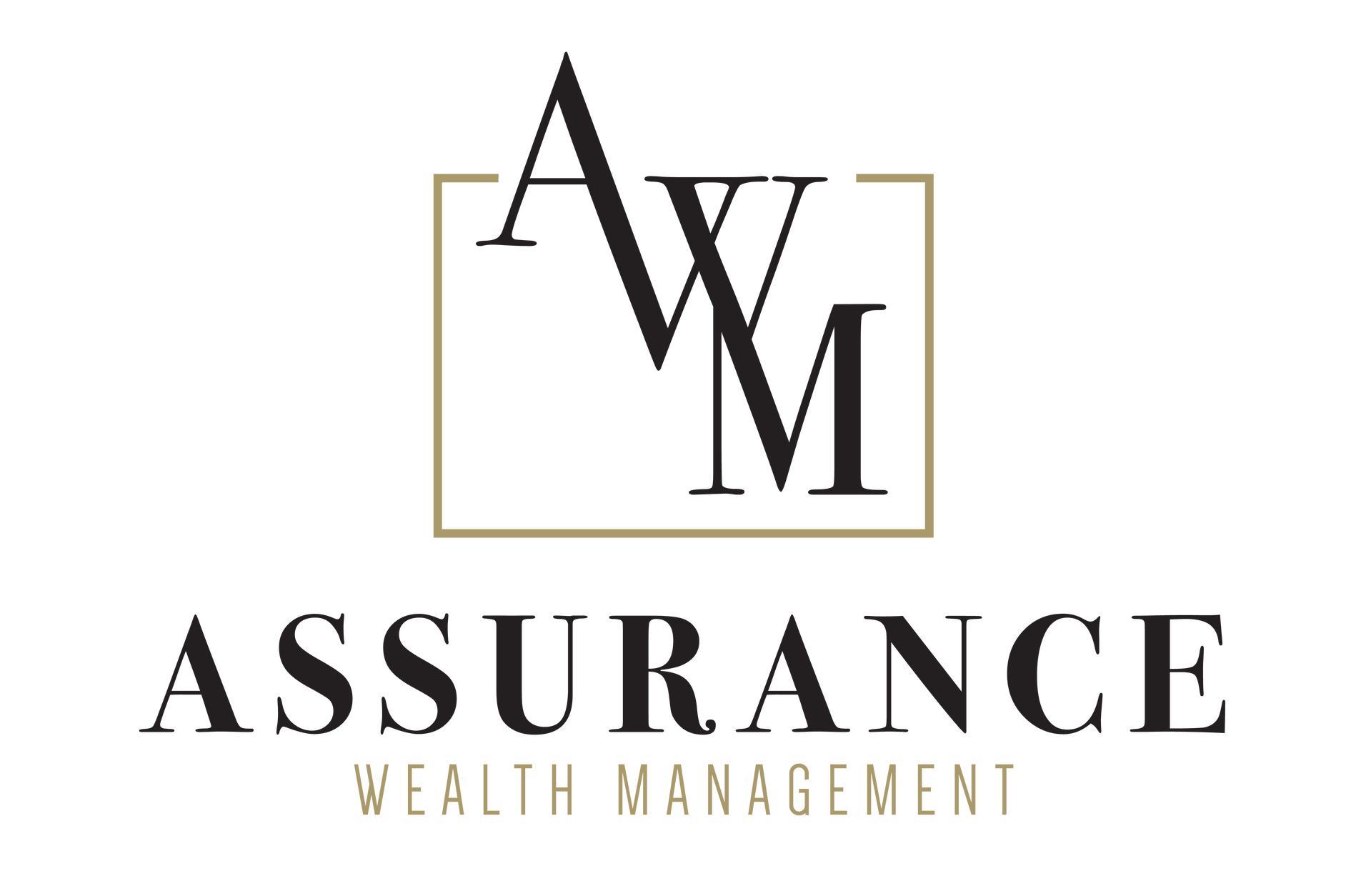Bridging the Income Gap
In our final post of the retirement income planning series, we’re going to define and explore retirement income gaps. This is also the shortest piece in our series. Ultimately, your income gap (and ways to mitigate the gap) are more dependent upon personal circumstances, wants, and needs than basic retirement budget planning or developing a Three Bucket Strategy.
Because the income gap is so personal, it’s critical to work with a wealth manager to identify costs in retirement, budget for them, tweak your Three Bucket Strategy Allocations, then manage the gap. Here, we’re going to simply define the income gap and discuss a few options we often recommend to bridge the gap. Ultimately, though, the gap is as personal as your fingerprint so working closely with a wealth manager who understand your needs and how to account for a gap is as important as acknowledging the gap in the first place.
Identifying an Income Gap
You can take a few approaches to identify whether you’ll have a retirement income gap. The simplest method is to break everything down into three core components:
- Estimate retirement income.
- Create a budget of today’s expenses.
- Use today’s costs and planned income to create a projected retirement budget.
When working through the three components, remember to account for inflation, healthcare costs, mortgage management, and all other variable factors that may rear their head in retirement – truth be told, it’s usually best to work with a financial planner as they’re best equipped to know and address each of the nuances affecting your retirement plans.
You have an income gap if you’ve tallied your income streams and accounted for expenses, including major moves, mortgage payments, and incremental annual increases, yet you still fall short.
Bridging the Gap
If you’re identified a potential income gap, you can begin planning today to mitigate the shortfall. Even if you’re close to retirement, there are a handful of viable strategies available to ease your transition into retirement with as tiny a gap as possible:
- You can increase annual 401(k) or other retirement account contributions if you're still far from retirement. Make sure you’re contributing enough to maximize any employer matching scheme!
- You can work longer or even pick up a part-time job in retirement. While not ideal, many retirees find themselves bored after the initial novelty of hanging around the home wears off. For many, a part-time retirement job is the perfect solution to income gapping and keeping your mind engaged.
- Reassess your expenses – is there any room to cut costs? Perhaps consider moving to an area with a lower cost of living or buying an affordable used car that’s better on fuel expenses for in-town grocery shopping.
- Try to cultivate additional income streams. While these opportunities are contingent upon your current and planned financial position, you can generate extra income through rental properties, bond ladders, and annuities.
Identifying and bridging an income gap is best done with a professional’s assistance. Integrating your income planning strategy alongside investment, tax, healthcare, and other pre- and post-retirement considerations within a larger package is best. It’s sometimes difficult to find the perfect wealth manager who can juggle all these at once or provide qualified referrals, but when you do, they’re worth their weight in gold.
Ready to Retire: Plan, Execute, Analyze
Entering the realm of retirement doesn’t need to be a journey into the unknown. With the right planning, execution, and constant analysis, you can ensure a retirement that is not just comfortable but fulfilling.
By understanding your needs, evaluating all possible income sources, and being flexible in adjusting your strategies based on market changes and personal circumstances, you can pave a smooth path toward financial stability in your golden years. Remember, retirement planning is not a one-time event, but a lifelong process that evolves with time and changing life circumstances.
As you transition from active earning years into retirement, your financial blueprint should serve as a reliable guide, ensuring your readiness for this new chapter in life. So, gear up, set your plans into motion, and remain vigilant in your analysis, because a well-planned retirement is a cornerstone of a peaceful and prosperous future.
We hope this income planning series has been useful, and that you’ve learned a few actionable tips to enact today before it’s too late. Remember, working closely with a professional’s comprehensive income planning toolkit is the best way to manage your retirement and ensure the best golden years possible – and you know where to find us.

